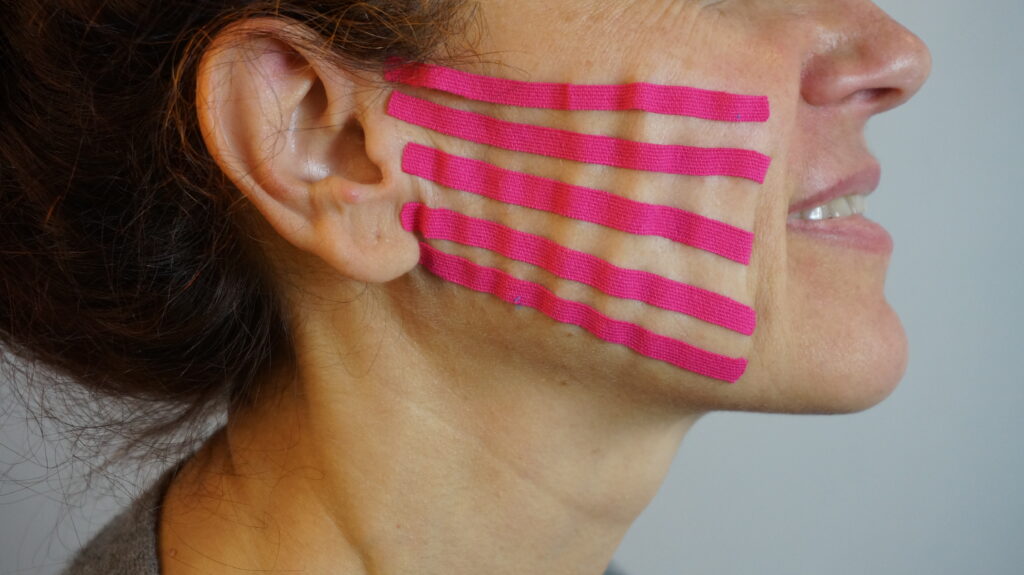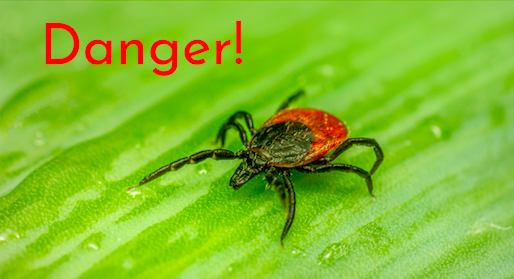This edition of the #NMT Newsletter covers #Neuromuscular #Taping prospects in the treatment of Lyme disease particularly in the #PTLDS phase. NMT can be beneficial in managing symptoms such as: #FacialParalysis, #Jointpain, #Muscle Pain, #NeuropathicPain, #Numbness, #Neuropathy, #Respiratory Difficulties.
NeuroMuscular Taping offers a promising #therapeutic approach for managing the #symptoms of Post-Treatment Lyme Disease Syndrome PTLDS. By enhancing #microcirculation, reducing #inflammation, and improving #nerve and #muscle function, NMT can support the body’s #naturalhealing processes and alleviate some of the persistent symptoms associated with this disease.
The is the first of 2 editions on the treatment of Lyme disease PTLDS.
NMT TREATMENT PROTOCOL SERIES
The NMT Institute has pioneered an innovative treatment methodology known as NeuroMuscular Taping (NMT), which has gained widespread recognition in the fields of medicine and rehabilitation. NMT is utilized across various healthcare sectors, including physical rehabilitation, neurology, sports medicine, nursing, speech therapy, and language pathology. This comprehensive therapeutic approach supports both the prevention and active treatment of numerous conditions by enhancing the body’s self-healing capacity.
What is NeuroMuscular Taping?
NMT TREATMENT PROTOCOL SERIES
Lyme Disease Overview
Lyme disease is the most prevalent vector-borne disease in the United States, caused primarily by the bacterium Borrelia burgdorferi and, in rare cases, Borrelia mayonii. Other countries and regions affected by Lyme disease include the UK, Europe, Central Asia, northern China, and northern Asia. It is transmitted to humans through the bite of infected blacklegged ticks. Common symptoms include fever, headache, fatigue, and a distinctive skin rash known as erythema migrans. If the infection is not treated promptly, it can spread to joints, the heart, and the nervous system.
Diagnosis of Lyme disease is based on clinical symptoms, physical findings like rash, and potential exposure to infected ticks. Laboratory tests are used to confirm the diagnosis when applied correctly. Most Lyme disease cases can be effectively treated with a course of antibiotics lasting a few weeks. Preventive measures include using insect repellent, promptly removing ticks, applying pesticides, and reducing tick habitats. Ticks that transmit Lyme disease can also carry other tick-borne diseases.
Post-Treatment Lyme Disease Syndrome (PTLDS)
Although the majority of Lyme disease cases are cured with a 2 to 4 week course of antibiotics, some patients continue to experience symptoms such as pain, fatigue, and cognitive difficulties for more than six months after completing treatment. This condition is known as Post-Treatment Lyme Disease Syndrome (PTLDS).
The exact cause of PTLDS is unknown. Some experts suggest that the infection may trigger an autoimmune response, where the body continues to attack itself even after the bacteria are eradicated, leading to prolonged symptoms. Others hypothesize that a persistent, albeit difficult-to-detect infection might be responsible. There is also a belief that PTLDS symptoms could be due to factors unrelated to the original Borrelia burgdorferi infection.
Currently, there is no proven treatment for PTLDS. While short-term antibiotic therapy is effective for early Lyme disease, long-term antibiotic treatment has not shown better outcomes and is associated with significant risks, including serious and potentially fatal complications.
Patients with PTLDS often recover over time, but it may take months or years for complete recovery. Symptoms during the acute phase of Lyme disease (3 to 30 days post-tick bite) may include fever, chills, headache, fatigue, muscle and joint aches, and swollen lymph nodes, with or without a rash. Later signs may involve severe headaches, neck stiffness, additional rashes, facial palsy, arthritis, intermittent pain, heart palpitations, dizziness, inflammation of the brain and spinal cord, nerve pain, and numbness or tingling in extremities.
For more information, visit the CDC Lyme Disease page.

Lyme Disease Treatment Prospects with NeuroMuscular Taping (NMT)
NeuroMuscular Taping (NMT) is a therapeutic technique developed in the early 2000s in Italy and has gained recognition in many health and medical fields, including physical rehabilitation, neurology, sports medicine, nursing, and speech therapy. NMT involves applying non-stretched tape to the skin in a way that creates a decompression effect, resulting in skin wrinkling, folds, or undulations. This dilation taping technique stimulates the skin, muscles, joints, sensory receptors, blood vessels, and tactile pathways, promoting healing and improving various physiological functions.
In the context of Lyme disease, particularly in the PTLDS phase, NMT can be beneficial in managing symptoms such as:
- Facial Paralysis: NMT can be used to improve skin conditions, with special adhesive tapes exerting a biomechanical pumping action that enhances lymphatic and vascular flow. This can help improve skin oxygenation, promoting regeneration and reducing symptoms associated with facial palsy.
- Joint and Muscle Pain: NMT will alleviate pain and stiffness in the neck, shoulders, and joints by enhancing blood flow and oxygenation to affected areas, reducing inflammation, and improving mobility.
- Neuropathic Pain and Numbness: By stimulating nerve endings and improving vascular flow, NMT can help manage neuropathic pain and numbness in the hands and feet, which are common symptoms in PTLDS.
- Respiratory Difficulties: The decompressive effects of NMT can assist in improving respiratory and diaphragm functioning by addressing underlying muscular or vascular issues.
Exclusion Criteria: It is important to note that NMT is not recommended during the acute phase of Lyme disease infection. The application of NMT is most effective during the PTLDS phase when the focus is on normalizing alterations in the lymphatic, vascular, and nervous systems following the infection.
NeuroMuscular Taping Treatment Potocols
NMT protocols during this later phase typically address:
- Stiff neck and shoulder pain
- Muscle and tendon pain throughout the body
- Joint pain, dysfunction and arthritis in the elbows, wrists, shoulders, knees, hips, and ankles
- Respiratory challenges
- Neuropathic pain and numbness
- Facial palsy and Bell’s palsy
Conclusion
NeuroMuscular Taping offers a promising therapeutic approach for managing the symptoms of Post-Treatment Lyme Disease Syndrome. By enhancing microcirculation, reducing inflammation, and improving nerve and muscle function, NMT can support the body’s natural healing processes and alleviate some of the persistent symptoms associated with PTLDS. Further research and clinical studies are needed to fully understand the potential of NMT in this context.
The second edition of this article outlines specific treatment areas for managing facial paralysis.
See the NeuroMuscular Taping Linkedin newsletter
Is there a NeuroMuscular Taping Training program suitable for you?
Are you interested in enrolling in an NMT Course?
The NeuroMuscular Taping Institute provides certification courses in physical rehabilitation, neurology, oncology, post surgical rehab, occupational therapy, speech therapy, remedial therapy, nursing as well vascular and lymphedema treatment and management. All trainings are classroom settings to enhance skill development and clinical reasoning creating optimum therapeutic results. ONLINE courses are not available. Please contact your local course provider or visit the NMT WEB SITE for course programs and dates.
For more details, course listings, and registration for an upcoming course CLICK HERE
Do you require validation of your NMT methodology for research purposes?
A detailed Neuromuscular Taping methodology is crucial in any research project for several reasons. Repeatability, Transparency, Validity and Reliability of your treatment choices will not only have an impact on your research but also an impact on future therapeutic choices. For more detailed information about the NMT, please contact us at: david.blow@nmtinstitute.org
Know someone who might be interested in this newsletter? Share it with them.

